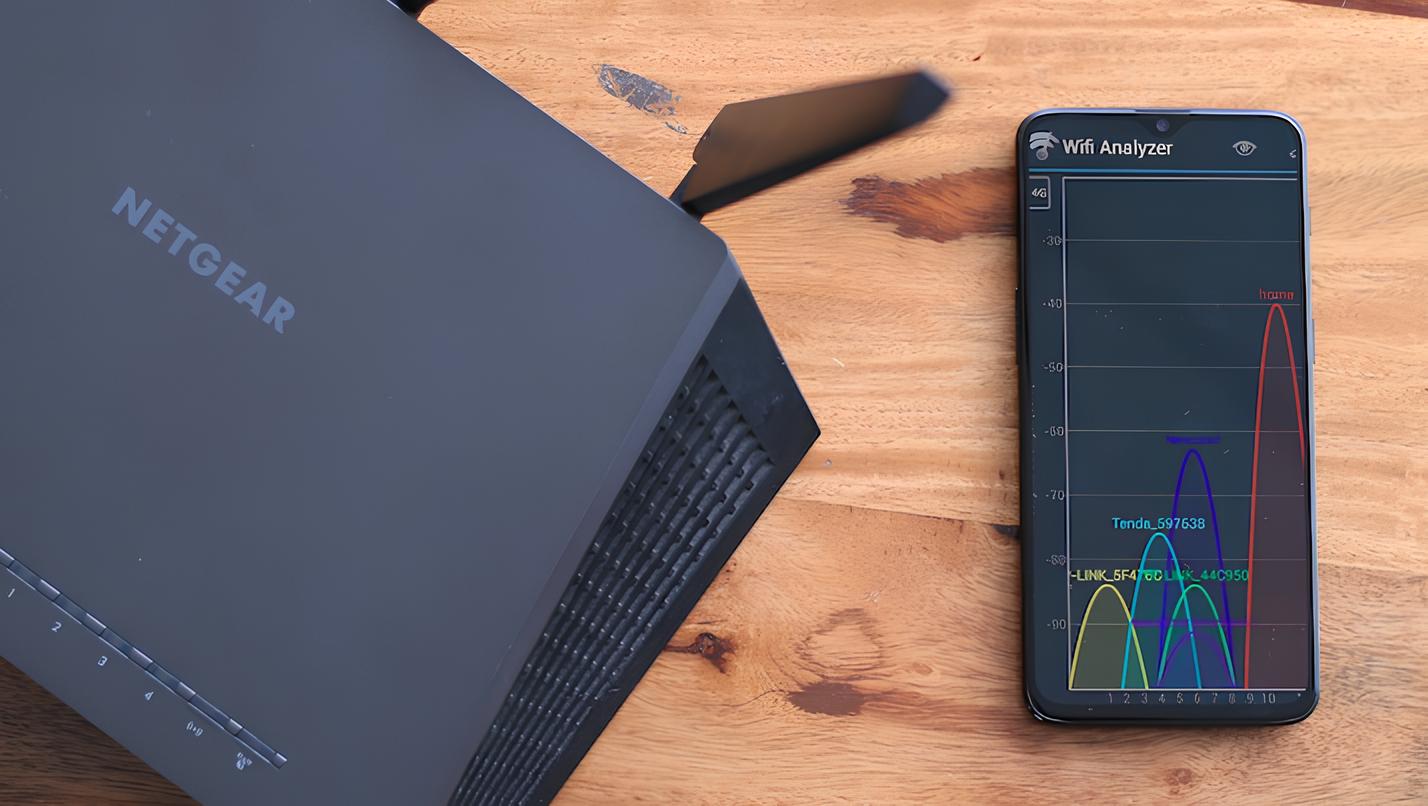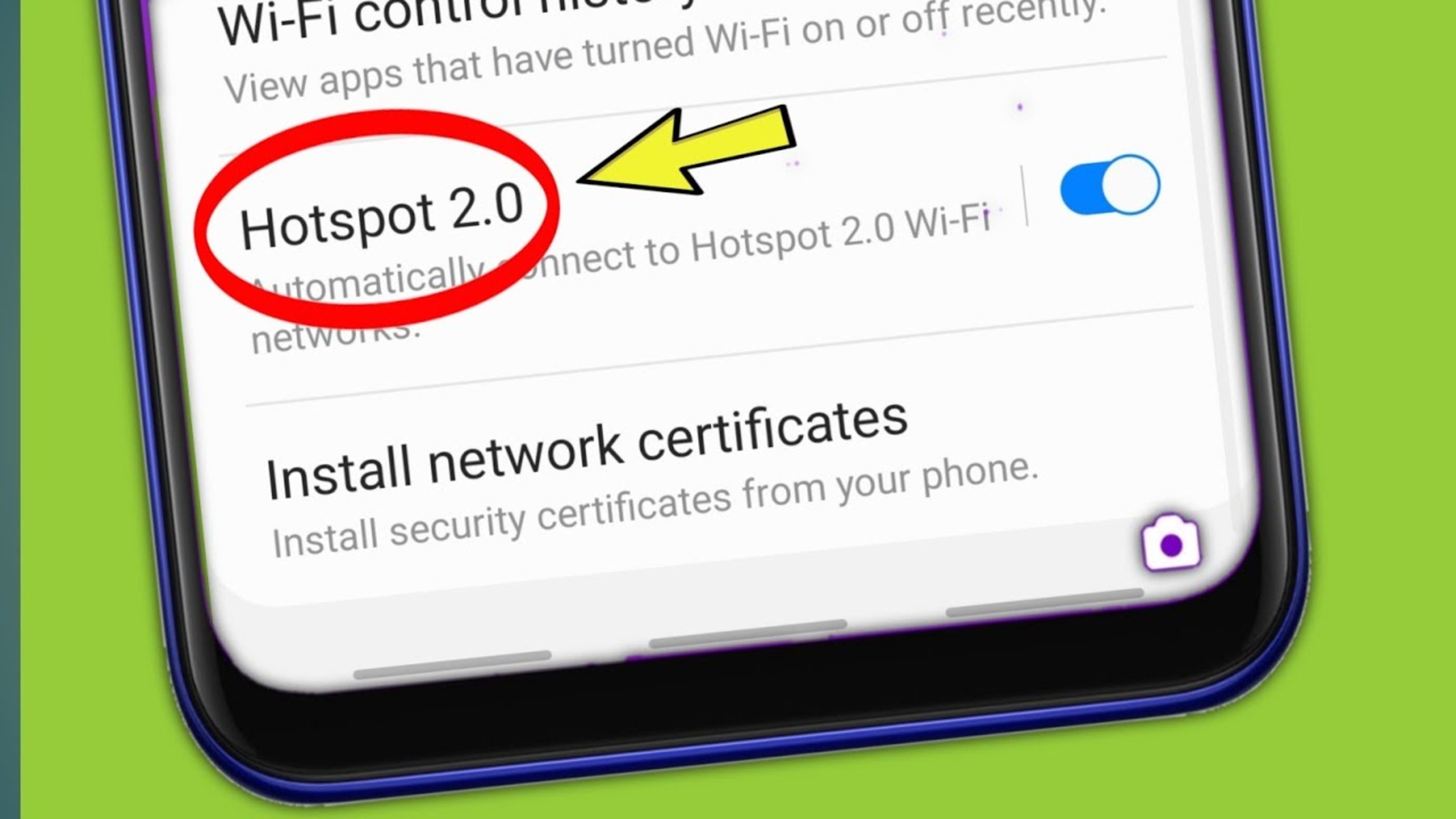Introduction
In today's digitally connected world, the terms "Wi-Fi" and "hotspot" have become ubiquitous. Whether we're at a bustling coffee shop, a serene park, or a cozy bookstore, the availability of Wi-Fi and hotspots has revolutionized the way we stay connected on the go. However, despite their prevalence, many individuals are still unclear about the distinction between these two essential components of modern connectivity.
Understanding the fundamental disparities between Wi-Fi and hotspots is crucial for navigating the digital landscape effectively. In this comprehensive guide, we will delve into the intricacies of Wi-Fi and hotspots, shedding light on their unique functionalities and dispelling any confusion surrounding their usage. By the end of this exploration, you'll have a clear understanding of how Wi-Fi and hotspots differ, empowering you to make informed decisions about your connectivity needs. Let's embark on this enlightening journey to unravel the mysteries of Wi-Fi and hotspots, demystifying their roles in our interconnected world.
What is Wi-Fi?
Wi-Fi, a ubiquitous term in today's digital age, stands for "Wireless Fidelity." It enables electronic devices to connect to a wireless local area network (WLAN), typically using the 2.4 gigahertz and 5 gigahertz radio frequencies. This wireless technology eliminates the need for cumbersome wired connections, providing users with the freedom to access the internet and network resources from various locations within the coverage area.
At its core, Wi-Fi relies on radio waves to transmit data between devices and a router, modem, or access point. These devices serve as the central hubs that facilitate wireless communication, allowing seamless connectivity across smartphones, laptops, tablets, and other smart devices.
The advent of Wi-Fi has revolutionized how people access information, communicate, and engage with digital content. Whether in homes, offices, public spaces, or educational institutions, Wi-Fi has become an indispensable part of everyday life, fostering unparalleled convenience and connectivity.
Wi-Fi technology has evolved over the years, with advancements such as the implementation of the IEEE 802.11 standards, which have significantly enhanced data transfer speeds, security protocols, and overall network performance. This continuous innovation has propelled Wi-Fi into a cornerstone of modern connectivity, enabling high-speed internet access and the seamless integration of smart devices into our daily routines.
In essence, Wi-Fi empowers users to break free from the constraints of wired connections, offering a flexible and efficient means of accessing the digital realm. Its pervasive presence has reshaped the way we interact with technology, fostering a dynamic and interconnected environment where information flows effortlessly across devices and geographical boundaries.
What is a Hotspot?
A hotspot is a designated physical location where individuals can access the internet, typically via wireless connectivity. These hotspots are created using wireless access points, allowing users to connect their devices to the internet within a specific range. Hotspots are commonly found in public areas such as cafes, airports, hotels, and libraries, catering to the increasing demand for on-the-go connectivity.
There are two primary types of hotspots: free and commercial. Free hotspots, often provided by businesses or public institutions, offer complimentary internet access to patrons and visitors. On the other hand, commercial hotspots are operated by service providers who charge a fee for access, either through subscription plans or pay-as-you-go models.
The widespread availability of hotspots has transformed the way people stay connected outside their homes and offices. Whether individuals need to check emails, stream media, or conduct business tasks while on the move, hotspots provide a convenient solution for accessing the internet without relying on mobile data plans.
Moreover, the evolution of technology has expanded the scope of hotspots beyond traditional public locations. With the emergence of mobile hotspots, individuals can create their own internet access points using smartphones, portable routers, or other devices equipped with tethering capabilities. This flexibility empowers users to establish internet connectivity in diverse settings, catering to their specific connectivity needs.
Security is a crucial consideration when using hotspots, especially in public environments. While convenient, public hotspots can pose security risks, as data transmitted over these networks may be vulnerable to interception. Therefore, users are advised to exercise caution and employ security measures such as virtual private networks (VPNs) to safeguard their sensitive information while using hotspots.
In summary, a hotspot serves as a gateway to internet connectivity, offering a versatile solution for accessing online resources beyond the confines of home or office networks. Whether accessed through public venues or personal devices, hotspots play a pivotal role in facilitating seamless connectivity for individuals on the move, enriching their digital experiences in an increasingly interconnected world.
Key Differences between Wi-Fi and Hotspot
-
Infrastructure and Coverage:
- Wi-Fi: It operates within a limited range, typically within a home, office, or public space, facilitated by a wireless router or access point.
- Hotspot: It can be established anywhere, allowing users to access the internet within the designated range of the hotspot, which can be a public location or a personal device with tethering capabilities.
-
Access Provision:
- Wi-Fi: Access to Wi-Fi networks is typically restricted to authorized users and often requires a password for connectivity.
- Hotspot: Public hotspots may or may not require authentication, and commercial hotspots often involve a payment or subscription model for access.
-
Purpose and Functionality:
- Wi-Fi: Primarily serves as a means of connecting devices to a local network or the internet, typically within a fixed location.
- Hotspot: Designed to provide internet access to users on the go, offering flexibility and mobility beyond the confines of traditional Wi-Fi networks.
-
Ownership and Control:
- Wi-Fi: Controlled and managed by the owner or administrator of the network, allowing for customization of security settings and network configurations.
- Hotspot: Ownership varies, with public hotspots typically managed by businesses or service providers, while personal hotspots are controlled by the individual creating the network.
-
Security Considerations:
- Wi-Fi: Can be secured using encryption methods (e.g., WPA2) and access controls to protect the network from unauthorized access.
- Hotspot: Public hotspots may pose security risks, as data transmitted over these networks can be intercepted, necessitating the use of additional security measures such as VPNs.
-
Cost Implications:
- Wi-Fi: Often included as part of a service package from internet service providers or available for use in specific locations with no direct cost to the user.
- Hotspot: Commercial hotspots may involve subscription fees or pay-as-you-go charges, while free hotspots are provided as a complimentary service by businesses or public institutions.
Understanding these key differences is essential for making informed decisions about connectivity options, enabling individuals to leverage the strengths of both Wi-Fi and hotspots based on their specific needs and usage scenarios.
Conclusion
In conclusion, the distinction between Wi-Fi and hotspots is pivotal in navigating the dynamic landscape of modern connectivity. Wi-Fi, with its emphasis on local network access and seamless internet connectivity within fixed locations, serves as a cornerstone of digital infrastructure, enabling individuals to harness the power of wireless connectivity in homes, offices, and public spaces. On the other hand, hotspots, whether in the form of public access points or personal mobile hotspots, cater to the evolving needs of individuals on the move, offering flexible internet connectivity beyond the confines of traditional Wi-Fi networks.
Understanding the unique characteristics of Wi-Fi and hotspots empowers users to make informed choices based on their specific requirements and usage scenarios. Whether seeking reliable, secure connectivity within a defined area or the freedom to access the internet while traveling, the distinct capabilities of Wi-Fi and hotspots cater to diverse connectivity needs, enriching the digital experiences of individuals across various settings.
As technology continues to evolve, the convergence of Wi-Fi and hotspots presents new opportunities for seamless connectivity, blurring the boundaries between fixed and mobile internet access. The integration of advanced security measures, improved data transfer speeds, and expanded coverage areas further enhances the utility and accessibility of both Wi-Fi and hotspots, reinforcing their roles as indispensable components of the interconnected world.
Ultimately, the coexistence of Wi-Fi and hotspots underscores the adaptive nature of connectivity solutions, accommodating the diverse lifestyles and preferences of users in an increasingly digital society. By recognizing the distinct attributes and functionalities of Wi-Fi and hotspots, individuals can leverage these technologies to stay connected, productive, and engaged, whether at home, in transit, or at their favorite local hotspot.
In essence, the symbiotic relationship between Wi-Fi and hotspots epitomizes the versatility and resilience of modern connectivity, transcending physical boundaries and empowering individuals to embrace a seamlessly connected future, where the digital realm becomes an extension of their lifestyles and aspirations.

























